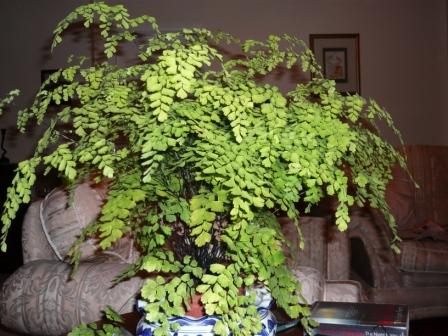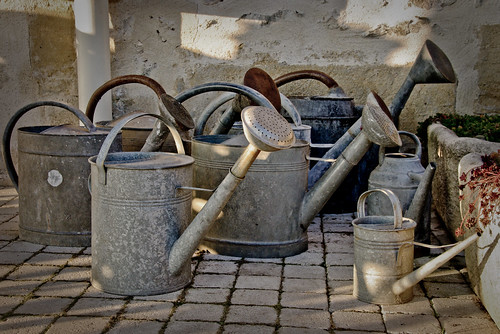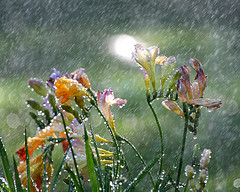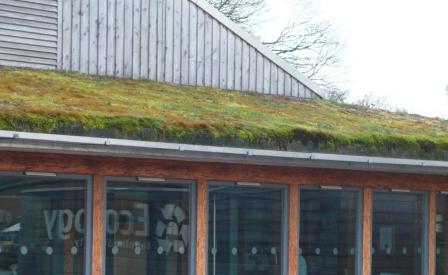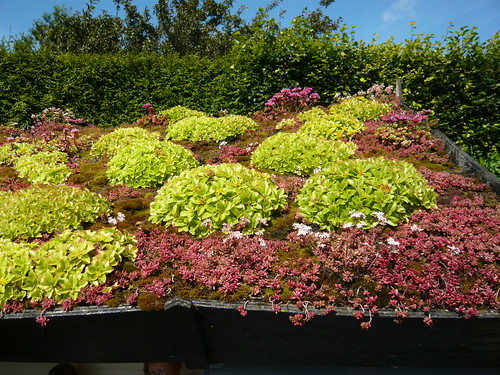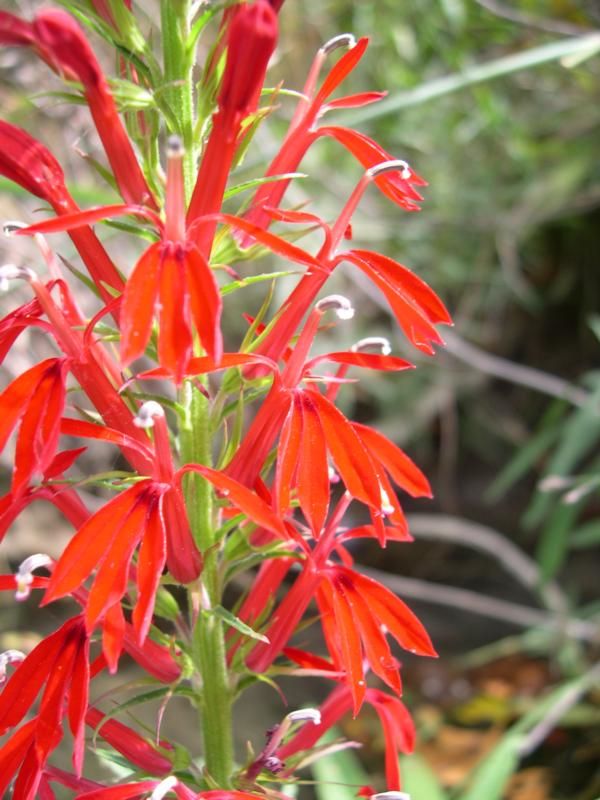New for Ponds or Renovated Ponds

I may be behind the times but here are some new, or new to me, ideas to enhance your garden pond this summer.
New Pond Design
‘Islandscapes’ and Floating Planters
‘The Next Big Wave In Ponds’ (Oh please) ‘enhance the beauty and biological health of ponds, providing innovative filtration and a lush growing environment for terrestrial plants. lslandscapes offer food and fun for fish, frogs and other wildlife’ according to the blurb on Freedomponds.com
Velda do several floating planters made in covered styrofoam.
Ecopond Tadpole Food
I have to admit to never thinking of feeding tadpoles but if I did here is the answer. Ecopond Tadpole Food provides the nutrition that tadpoles need up to the point where they develop back legs (4-6 weeks after free swimming begins). See also frogspawn tips on Gardeners Tips
Rubberised or rigid plastic ponds are one of the easiest methods of creating a new pond. I bought one in a kidney shape with 3 different depths created by shelves. It saved a lot of hard work once I had dug an appropriate hole!
In one garden I saw such a preformed pond raised up rather than buried and think that is a creative idea if you can support the weight of water.
Pond Liners
Now you can cover black PVC liners with a stone coating. This makes the black edge of a pond look natural with a pebble or stone finish. Sold in various widths it could be used to finish off a butyl lined pond or as a run off into your garden proper. The brand I have seen is Oase Stone Liner.
All these products are available from the links above or a specialist like Bradshaws of York. Amazon supply the preformed ponds.
Pond Renovation
- As winter approaches all ponds need a bit of tlc to see them through the winter.
- If removing dead leaves and waste from the bottom of the pond leave the sludge on the edge so any small creatures can crawl back into the water.
- Repair leaks to prevent having to regularly top up the water. Evaporation is unavoidable so you may want to think of easy top-up methods.
- Create ways of stopping leaves dropping into the pond. Nets are unsightly unless semi submerged. Barrier hedges of box to stop prevailing winds may help.
- Make edges safe and secure. Reinforce and renew if necessary any childproof measures.
Read more on Preformed Pond Shapes including installation tips.

